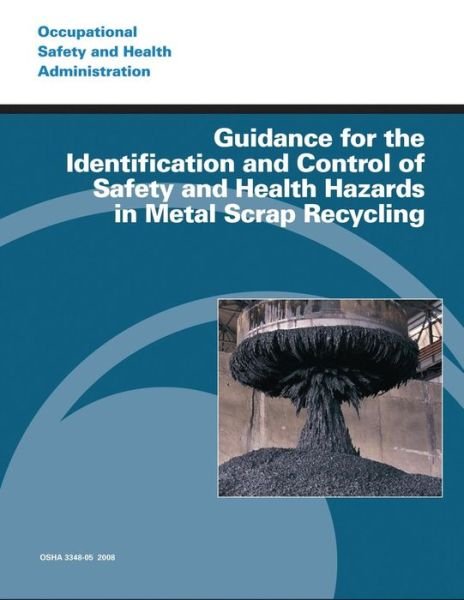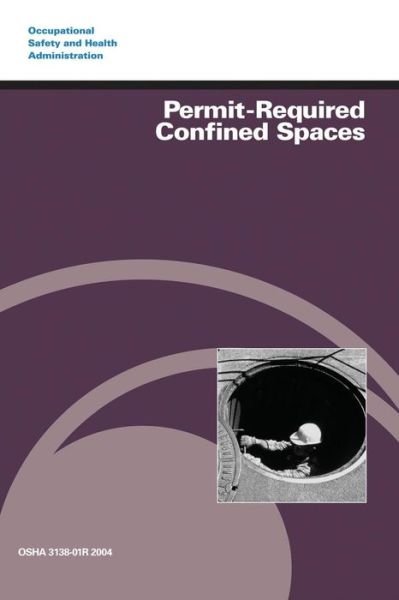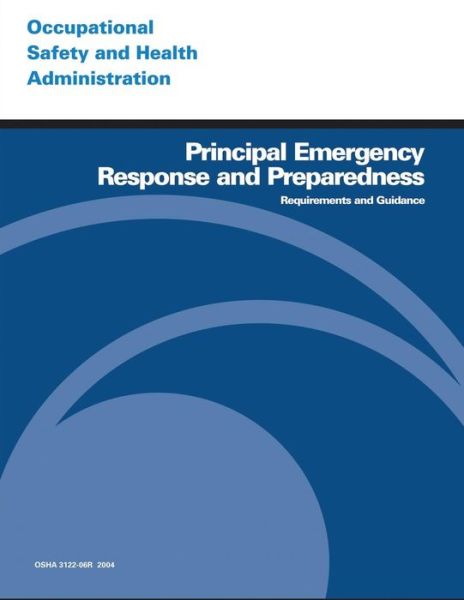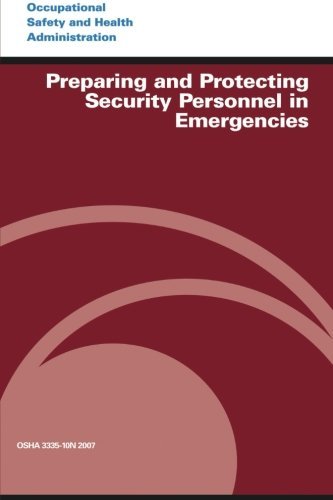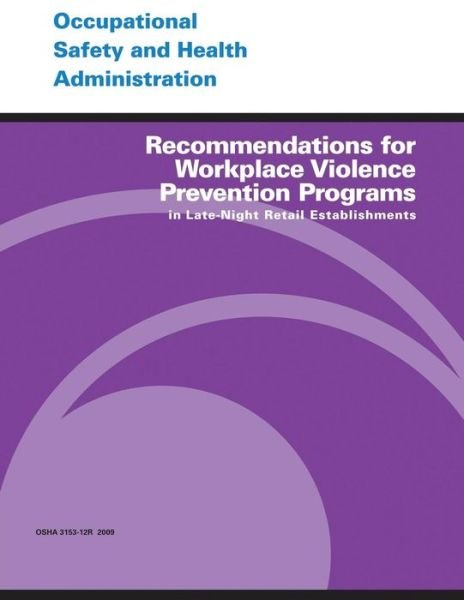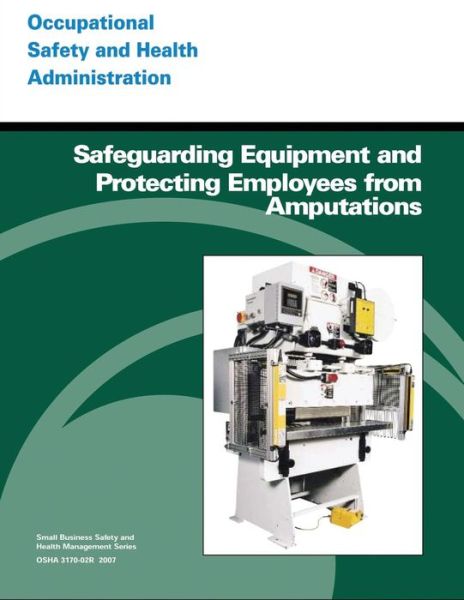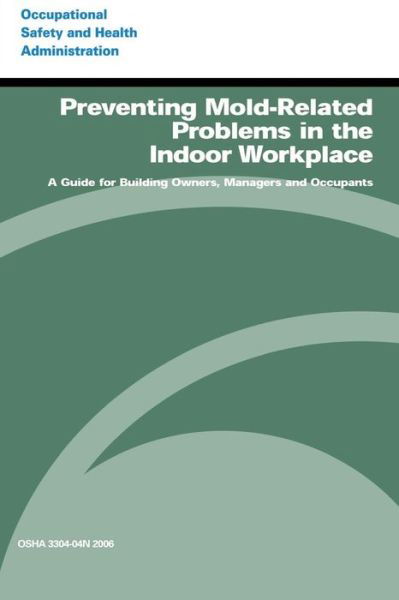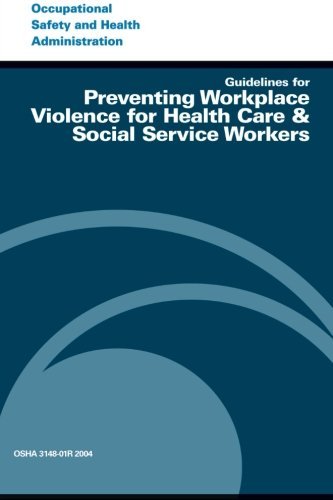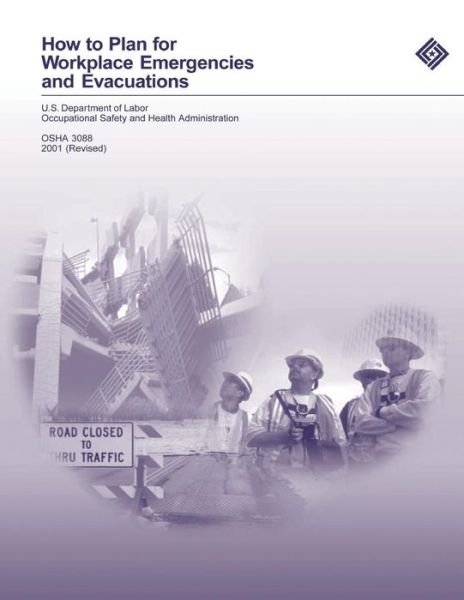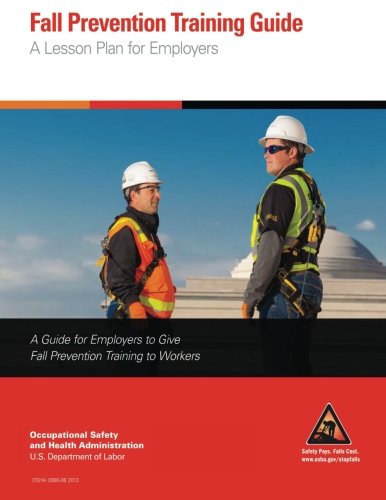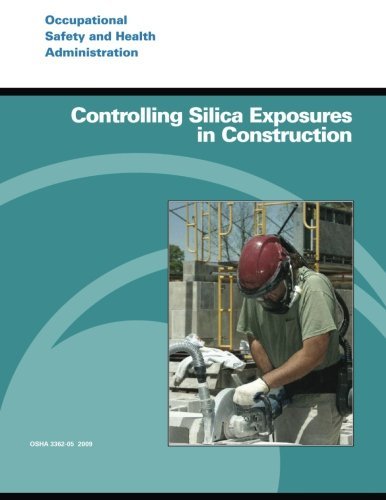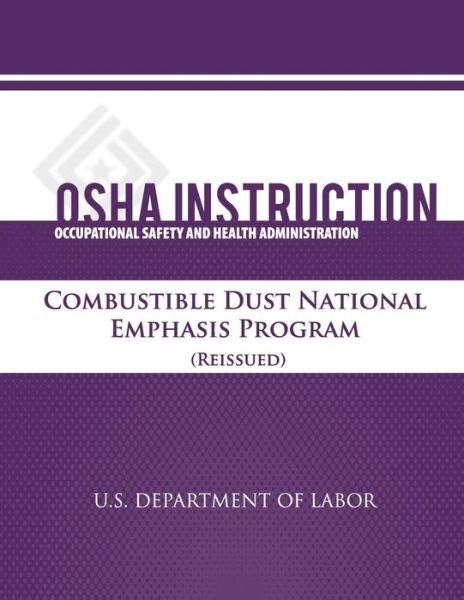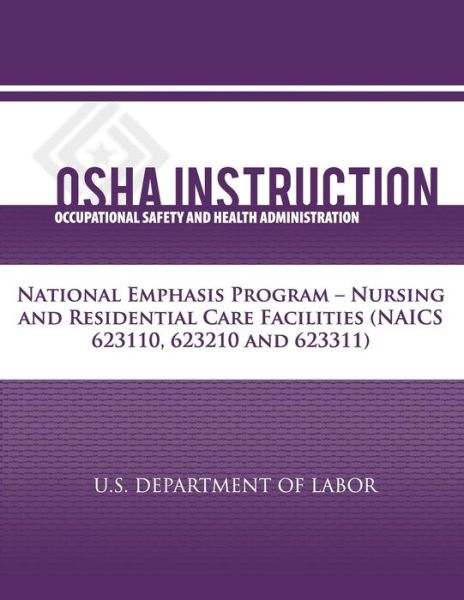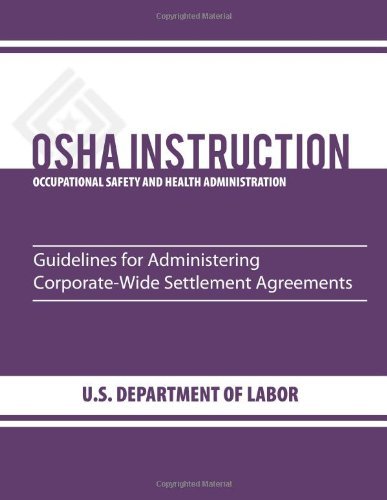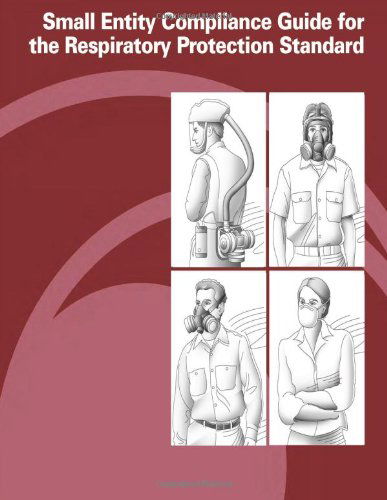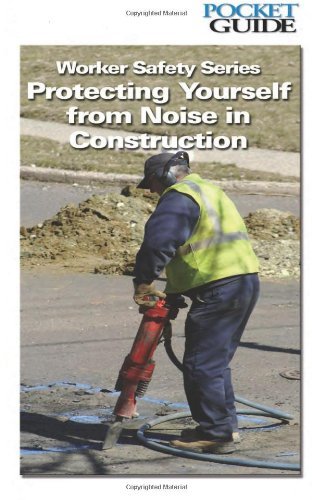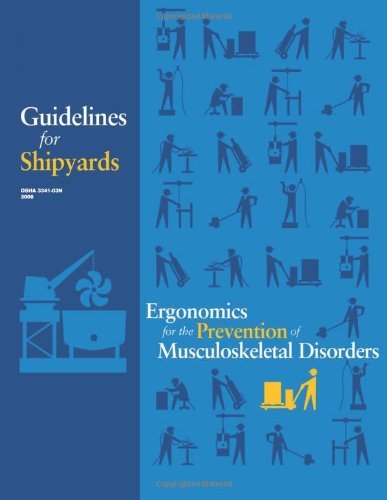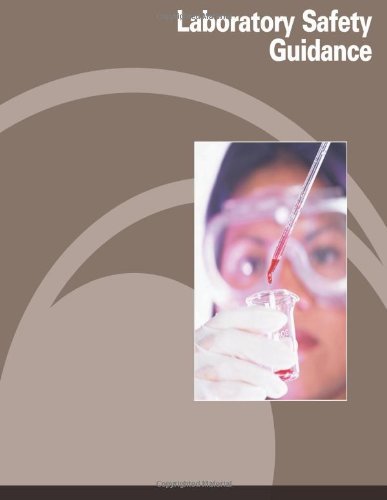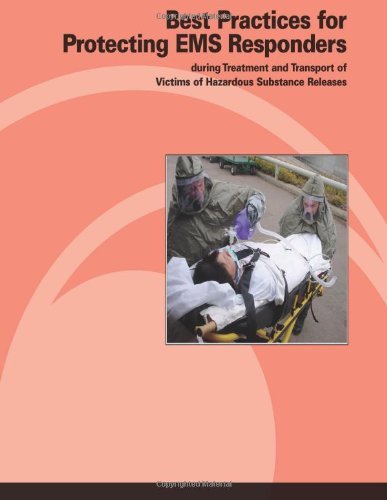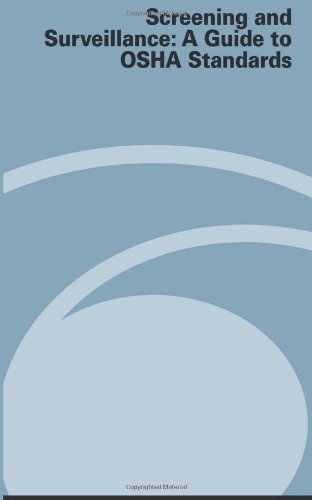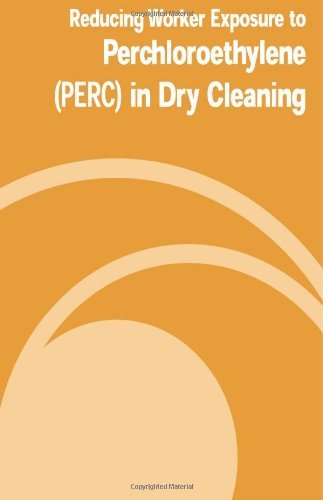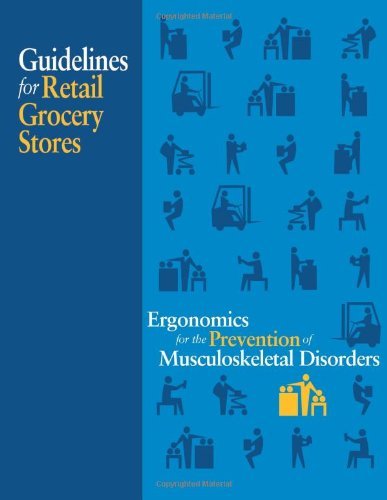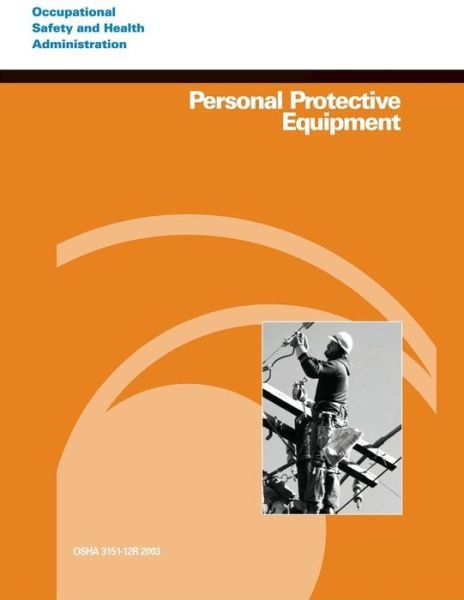
Powiedz znajomym o tym przedmiocie:
Personal Protective Equipment
Occupational Safety and Health Administration
Personal Protective Equipment
Occupational Safety and Health Administration
Hazards exist in every workplace in many different forms: sharp edges, falling objects, flying sparks, chemicals, noise and a myriad of other potentially dangerous situations. The Occupational Safety and Health Administration (OSHA) requires that employers protect their employees from workplace hazards that can cause injury. Controlling a hazard at its source is the best way to protect employees. Depending on the hazard or workplace conditions, OSHA recommends the use of engineering or work practice controls to manage or eliminate hazards to the greatest extent possible. For example, building a barrier between the hazard and the employees is an engineering control; changing the way in which employees perform their work is a work practice control. When engineering, work practice and administrative controls are not feasible or do not provide sufficient protection, employers must provide personal protective equipment (PPE) to their employees and ensure its use. Personal protective equipment, commonly referred to as "PPE", is equipment worn to minimize exposure to a variety of hazards. Examples of PPE include such items as gloves, foot and eye protection, protective hearing devices (earplugs, muffs) hard hats, respirators and full body suits. This guide will help both employers and employees do the following: Understand the types of PPE; Know the basics of conducting a "hazard assessment" of the workplace; Select appropriate PPE for a variety of circumstances; Understand what kind of training is needed in the proper use and care of PPE.
| Media | Książki Paperback Book (Książka z miękką okładką i klejonym grzbietem) |
| Wydane | 12 marca 2014 |
| ISBN13 | 9781497317345 |
| Wydawcy | CreateSpace Independent Publishing Platf |
| Strony | 46 |
| Wymiary | 3 × 216 × 279 mm · 131 g |
| Język | English |

 Świąteczne prezenty można zwracać do 31 stycznia
Świąteczne prezenty można zwracać do 31 stycznia


